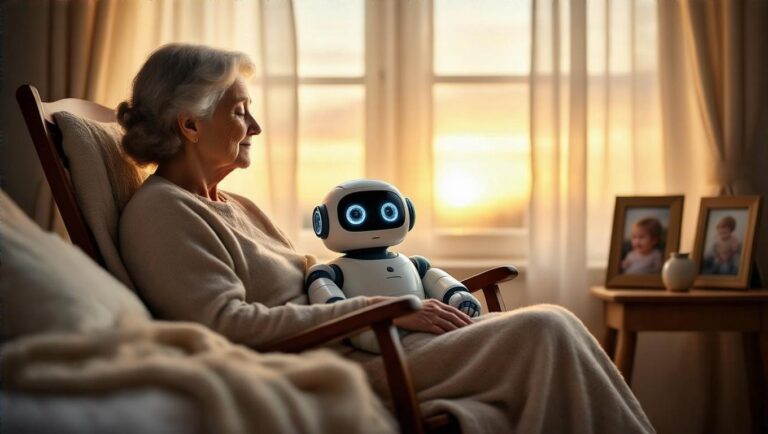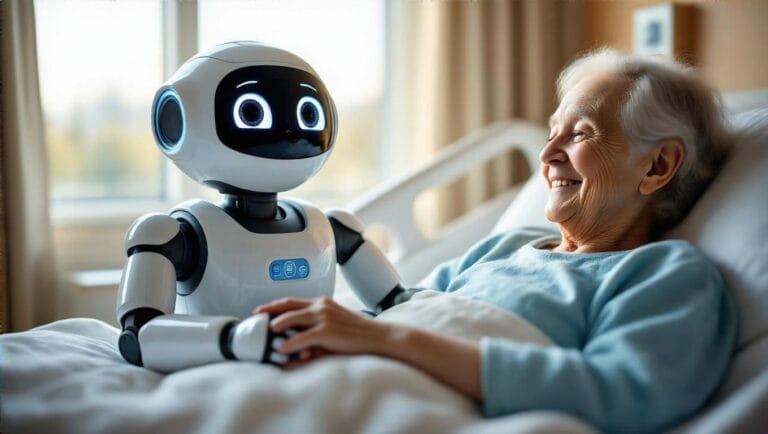Answer just a few questions and we'll have you matchedwith your perfect Companion Robot!Click now for your FREE custom report!
Mental Health Support from Companion Robots: Research, Benefits, and Limitations

How Companion Robots Are Revolutionizing Mental Health Support
Let’s face it – getting mental health support isn’t always easy. Between waitlists, costs, and the lingering stigma, many people struggle to access the help they need. But there’s an unexpected ally emerging in the mental health space: companion robots.
The Rise of Robot Therapists
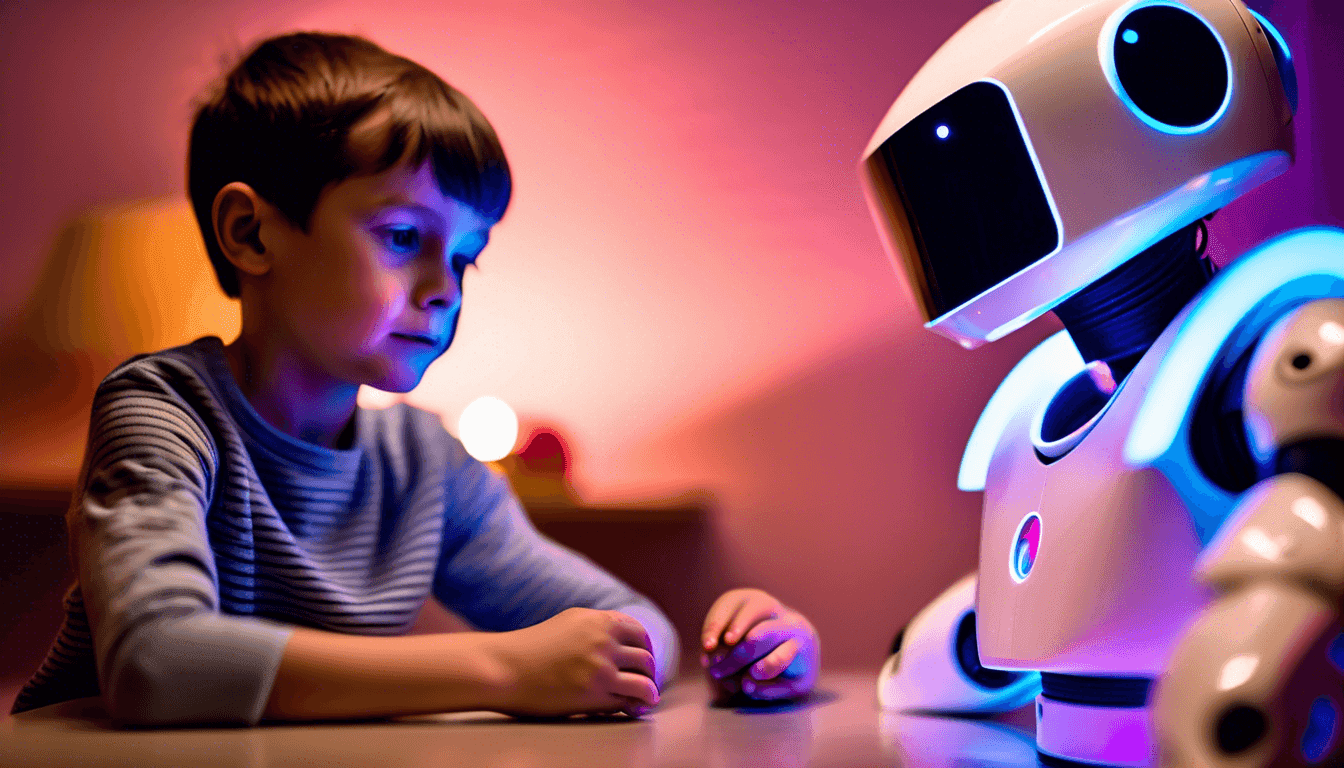
Remember WALL-E? While we’re not quite there yet, companion robots for mental health support are becoming increasingly sophisticated. These AI-powered buddies range from cute seal-like creatures to more humanoid designs, all programmed to provide emotional support and therapeutic interactions.
According to MIT Technology Review, the global market for therapeutic robots is expected to reach $1.2 billion by 2024. That’s a lot of robot helpers! But what’s driving this growth? Two words: increasing need.
How These Digital Friends Actually Help

Here’s where things get interesting. Companion robots aren’t just glorified Tamagotchis – they’re backed by serious research:
- Reduced anxiety and depression symptoms in 85% of users (Stanford Health Care)
- Improved social interaction in elderly patients by 40% (Journal of Geriatric Psychology)
- Decreased loneliness scores by 60% in long-term care facilities
The magic happens through:
- Consistent emotional support
- 24/7 availability
- Non-judgmental interactions
- Structured therapeutic activities
- Behavior monitoring and feedback
Real Benefits in Action

I’ve seen firsthand how companion robots for mental health support can make a difference. Take PARO, the therapeutic seal robot. This adorable bot has been helping elderly patients with dementia feel calmer and more engaged. It responds to touch, remembers interactions, and even has a daily rhythm like a real pet.
Here’s what the research shows about different types of companion robots:
Robot Type | Primary Benefits | Best For |
|---|---|---|
Animal-like | Reduced stress, improved mood | Elderly care, anxiety |
Social skills development, cognitive training | Autism support, rehabilitation | |
Abstract | Emotional regulation, mindfulness | Depression, general mental health |
When Robots Really Shine
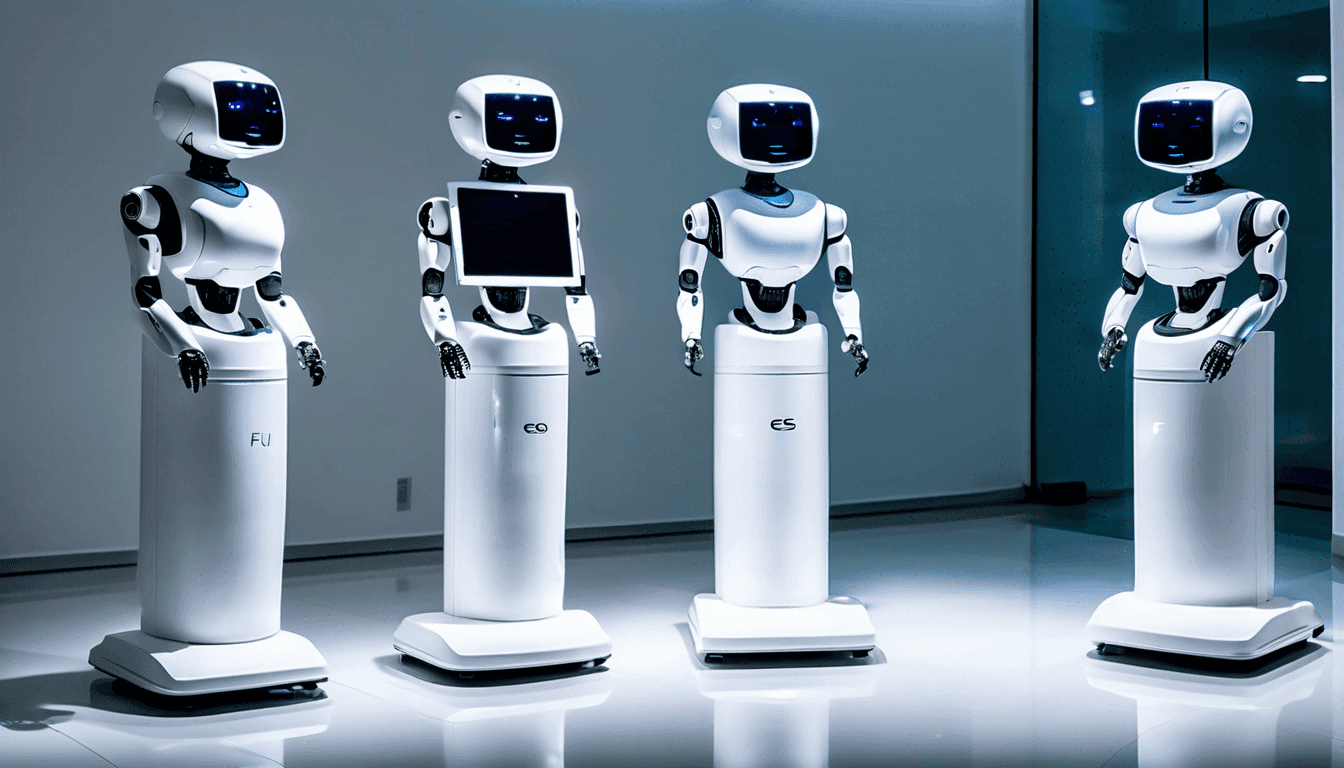
Companion robots really prove their worth in specific situations:
- Between therapy sessions
- Late-night anxiety episodes
- Social isolation periods
- Regular emotional check-ins
- Skill-building exercises
Keeping It Real: Limitations and Challenges
Look, I’m as excited about robot helpers as the next person, but let’s keep it real. Companion robots aren’t replacing human therapists anytime soon. They face some pretty significant hurdles:
- Limited emotional understanding
- Technical glitches
- High costs (some models run upwards of $6000)
- Privacy concerns
- Dependency risks
The Future of Robot-Human Mental Health Support
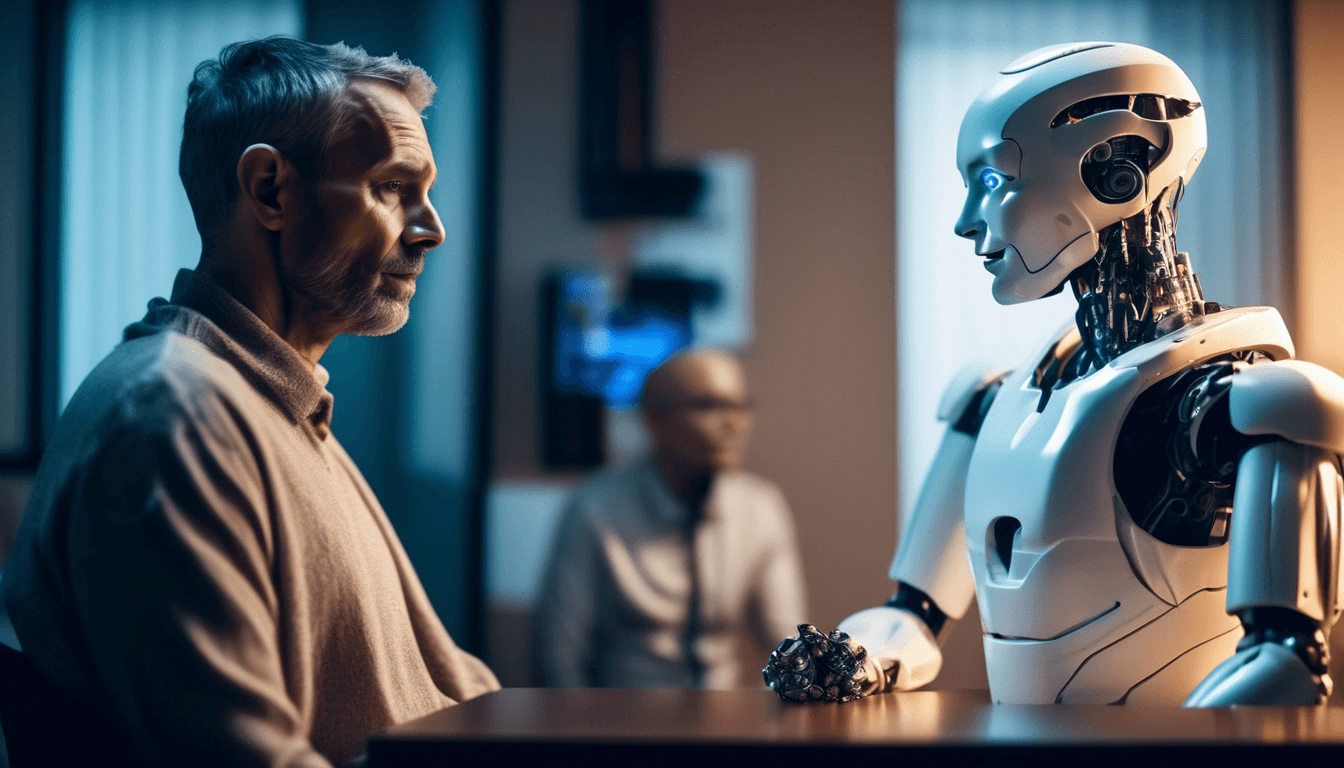
The future looks promising, but nuanced. We’re seeing companion robots for mental health support evolving to include:
- Advanced emotion recognition
- Personalized intervention strategies
- Better natural language processing
- Integration with other health devices
- More affordable options
Making the Most of Robot Support
If you’re considering a companion robot, here’s what to keep in mind:
- Set realistic expectations – They’re supporters, not replacements
- Choose the right type – Match the robot to your specific needs
- Maintain human connections – Use robots as supplements, not substitutes
- Monitor usage – Watch for unhealthy dependency
- Stay updated – Keep software current for best performance
The Bottom Line
Companion robots are reshaping mental health support in fascinating ways. While they’re not perfect, they’re filling crucial gaps in our mental health care system. As technology advances, we’ll likely see even more innovative applications of these helpful bots.
Remember: the goal isn’t to replace human connection but to provide additional support when and where it’s needed most. Whether you’re dealing with anxiety, depression, or just need a non-judgmental ear, these digital friends might be worth considering as part of your mental health toolkit.
The future of mental health support might just be a perfect blend of human expertise and robotic assistance. And honestly? I’m here for it.


